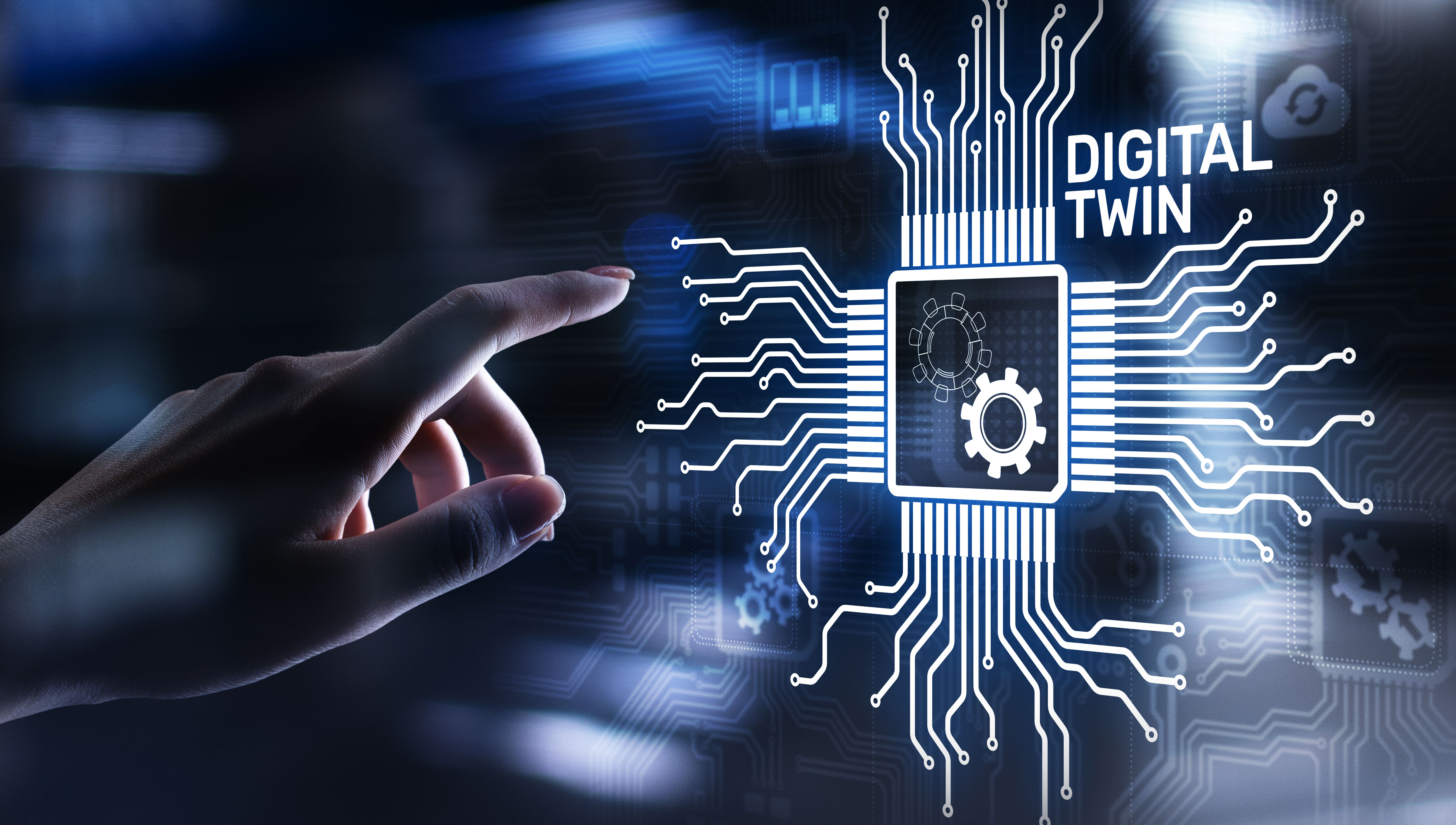Transforming Product Development: A Refresher on Digital Twins
Don't forget about digital twins! Here's a refresher on what they are, what they do, and how they can accelerate and transform product development.
Digital twin technology provides virtual (and often visual) representations and models of physical objects and processes; objects include everything from facilities, equipment, products, and so much more. Using sensory and other existing data to create digital twins gives users an up-to-date view of their real-world counterparts. Digital twins run simulations to show possible improvements and help teams generate substantial insights on any single entity.
Availability
Digital twins are already available if your company has the right IoT solution. The adoption of digital twins will likely increase exponentially in the next five years. The rise of artificial intelligence in business will set the stage for the advancement of digital twins. Currently, they are used for concrete applications, but like many technologies before, widespread use is soon to follow.
Impact on Product Development
Companies exploring creating new products or product updates benefit significantly from digital twins. Real-life replicas can allow developers to truly see what they're working with by answering questions about improving a product or the performance of a newly developed product. Showing developers an image of how something will look in the real world before it is built in the real world is an unbeatable level of knowledge that can be used for accurate prediction.
A manufacturer testing a product in the virtual world first during the design phase offers more flexibility and is more cost-efficient for testing how two parts work together.
R&D teams use performance data to streamline prototyping and run real-time simulations for quicker and more insightful intelligence on a product.
Getting Started
The number one step has to be defining a purpose. Without a business application clearly stated, the entire process will be a challenge. There needs to be a direction.
Next, you need to identify the data sets which will be applied to the digital twin model. What sensor data and data sources will make your digital twin as alive as possible? Without the correct data flowing in, the digital twin will be less impactful and accurate in helping your business use case.
Mistakes and What to Avoid
Rushing the process and the inability to source quality data can be the pitfall of your digital twin efforts. Digital twins require data from all different sources and departments – keeping data siloed and outdated will damage the virtual replica.
Avoiding user input and communications is an easy step many companies skip because they focus only on the technical side. The users must drive the process to create successful digital twins, and open discussion on how it will enhance processes needs to occur.
Mindbreeze makes getting started easy. Let's talk!
Latest Blogs
Inside Insight: How Journeys and Touchpoints Make Enterprise Search Effortless with Mindbreeze Insight Workplace
Picture this: you’re preparing for a high-stakes client meeting.
The Future of Enterprise AI Depends on Smarter RAG Solutions
Today’s enterprise leaders ask how to make AI meaningful, responsible, and scalable. One architectural approach stands out as organizations look beyond isolated proof-of-concepts and begin embedding AI into workflows: Retrieval-Augmented Generation (RAG).


